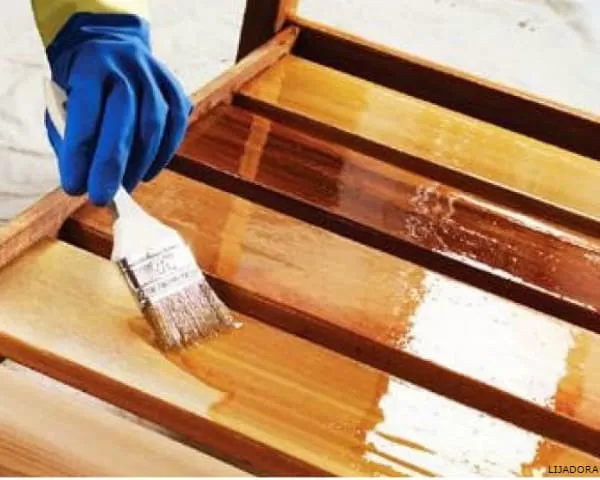How to Prepare Exterior Wood for Painting ?
Preparing an outdoor wood surface for a new coat of paint is not difficult, as is the case with pergola wood. It requires some preparation work to ensure that the new paint has a smooth and stable surface to hold onto. The first step will be to thoroughly clean the entire surface to remove the dirt and grime that has accumulated over the years.
Then the holes and cracks are cured with a strong wood filler and the peeling paint is scraped off to open the way for the new layer. It is finished with a strong exterior primer on the surface using putty to seal any grooves the wood may leave that are vulnerable to the elements.
Cleaning and Repairing the Wood
Before you start scrubbing, scraping and sanding, take a few minutes to make sure your work area is protected. Cut plastic sheets to fit over each groove and secure the edges with masking tape. This will not only keep the areas you don’t want to paint covered, but will also help protect the more delicate parts from damage.
It may be a good idea to place some sheets at the base of the structure as well to catch wood chips or paint stains that come loose during the project.
Preparing Exterior Wood for Painting Doors, Tables, Houses, Benches, Furniture and Floors
Clean the surface of the wood thoroughly. Use a long-handled brush and a mild detergent to remove dirt, grime, mold and other accumulated residue. When you are satisfied with the appearance of the wood, rinse the exterior from top to bottom with a garden hose. Allow the surface to dry for a full day before proceeding.
Pressure washing can be a more efficient option for renovating larger areas. Pressure washers are often available for rent at hardware stores and home improvement centers. Avoid using hard brushes or scourers like steel wool. These tools may leave permanent scratches in softer woods.
Patch large holes with wood filler. Apply the filler material with the tip of a spatula or a hand trowel, then go over it with the flat edge to smooth it out. Smaller stains can be treated in the same way, or you can purchase an outdoor spacer compound, which will not require any additional mixing.
For most basic applications, the wood filler will dry in a few hours. Two-part resin systems tend to bond to the exterior wood better than ordinary fillers. Repair damaged and uneven areas to ensure that the surface being painted is uniform and structurally sound.
Fill visible nail holes. While you have the wood filler on hand, spread a small portion into any nail holes that are found, and then carefully mix the material with the surrounding surface. By leveling the holes, you will prevent them from being visible under the new paint.
If nails are protruding from the outside, remove them (if not needed) or drive them 1⁄4 inch into the face of the wood to remove them from the path before filling the holes.
Preparing the Surface of Doors, Tables, Homes, Benches, Furniture and Floors to Accept Fresh Paint
Scratch the peeling paint. If you are repainting a surface that has been previously painted, it will first be necessary to remove any worn paint patches that may interfere with the new coating. Run a hooked scraper over the places where the old paint is peeling to shave it off. Make sure your brushstrokes move with the grain, otherwise you risk splintering the wood.
Continue scraping until there are no lumps on the outside. The sharper the scraper, the easier it will be to remove the paint. For best results, equip yourself with a scraper that has a hardened steel or carbide edge. After scraping, you will notice that the remaining paint forms a ridge around the exposed wood. You can easily remove these imperfections with a hand sander.
Start with a low grit sandpaper of about number 60 or more to sand the sharpest edges. Then, switch to a high granite sandpaper (100 or more) and smooth the paint down to the underlying wood. It is not necessary to sand the contours down to the wood, just “feather them” slightly so that the edges gradually disappear. If ignored, old paint lines can create seams under the new paint layer, which may be prone to cracking.
Treat exposed wood knots separately with a preliminary primer. Certain types of wood, such as pine and cedar, emit harsh resins that can bleed through thin, light-colored paints. These stains must be brushed off with a special primer that blocks the resin to prevent discoloration.
Apply the primer to any section of the wood where the grain looks particularly dark or wet. Even with a resin blocking primer, it is advisable to use 2-3 coats to hide possible bleeding when painting the surface.
Sand all over the surface. Make a sweep with an orbital sander on the wood in wide circular strokes. The light sanding action will produce a more textured surface that will promote proper paint adhesion. Be sure to sand the corners, holes, moldings and any other elements you want to paint. It is not necessary to remove the old paint. Thorough sanding should give the exterior enough roughness to help the fresh coats stick.
Clean the surface. Sweep the wood by hand with a stiff brush or dry cloth to remove dust generated by sanding. Blow sharply to force dust out of cracks and narrow holes. The surface should be completely free of debris when finished.
A shop vacuum with a brush attachment may help you to pick up dust from large areas.
Drag your hand along the wood to make sure there are no traces of dust. Paint has difficulty adhering to surfaces that are covered with many fine particles.
Choose a latex-based primer designed for exterior use. These products better resist the heat, moisture, rubbing and swelling that wood surfaces are often subjected to outdoors. They have the ability to flex a little, making them less likely to crack than paints that dry on a hard shell. As a result, your paint job will look better and last longer. You should be able to cover about 400 square feet with a single gallon of primer. Make sure it is between 50-90°F (10-32°C) outside when you apply the primer. If it is too hot or too cold, it may not dry to the proper consistency.
Apply a coat of primer. A roller will help distribute the primer over wider areas. For smaller surfaces and difficult structures such as railings, a hand brush will provide the most control. Apply the primer in an even coat thick enough to completely hide the grain of the wood below. Use the tip of the brush to work the primer deeper into the bulges and cracks in the wood. Start at the top of the frame and work down. That way, any drips will be washed away when you return to it.
Retouch the missing stains. When you finish preparing the surface, inspect the surface for any stains, seams or bare patches that you may have missed. A few strokes with a hand brush will make them disappear. Paint can peel or wear out faster in places without a primer. Allow the primer to dry completely. After about 12 hours, the primer will have cured enough to paint over with a follow-up coat, if desired. To minimize the chances of staining and transfer, avoid handling wet primer during this time. Allow the primer to dry overnight before applying the first coat of paint to ensure that it has time to absorb into the wood.
Use putty to fill in any visible openings. Once the primer is dry, check the structure and look for any gaps or cracks that may cause a problem in the line. Seal each opening with a caulking gun loaded with silicone sealant. The caulk will harden in one hour, keeping the structure out of the way of rain, mold, insects and drafts. The caulk you use must be paintable, capable of withstanding high and low temperatures, and suitable for the materials it is bonded to. Pay close attention to potential problem areas, such as spaces under boards, around window frames, and between edges and siding.
Related Topics
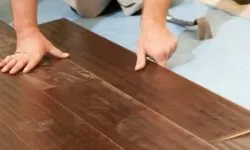
HOW TO INSTALL FLOATING PARQUET FLOORING ?

HOW TO INSTALL PARQUET FLOORING AT HOME ?
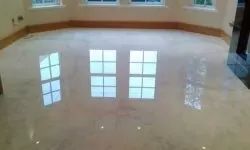
¿ HOW TO CLEAN MARBLE FLOORS ?

HOW TO CLEAN SUEDE SHOES ?
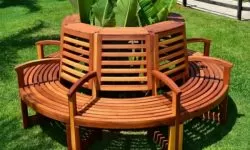
HOW TO MAKE WOODEN BENCHES ?
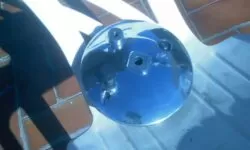
HOW TO POLISH ALUMINIUM ?
Wood Related Topics in ALPHAPEDIA
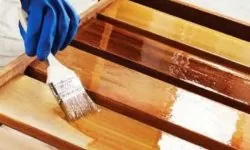
HOW TO VARNISH WOOD
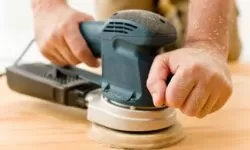
HOW TO SAND WOOD With or Without Sandpaper
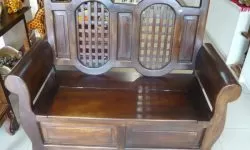
OLD WOODEN BENCHES: Great Price on Qualified Products
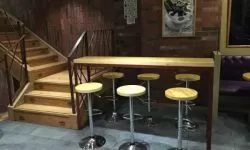
WOODEN BAR STOOLS: Great Price on Qualified Products

HOW TO INSTALL PARQUET FLOORING AT HOME ?
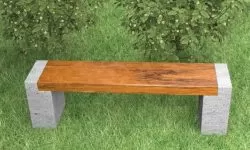
OUTDOOR WOODEN BENCH: Great Price on Qualified Products
Power Tools for Sanding in ALPHAPEDIA
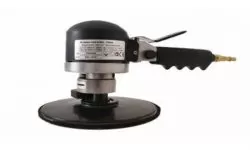
ORBITAL SANDER: Great Price on Qualified Products

ORBITAL BOSCH SANDER: Great Price on Qualified Products

ACCESSORIES FOR Orbital and Drill SANDING MACHINES

💚 WALL SANDER: Great Price on Qualified Products

ELECTRIC SANDER: Great Price on Qualified Products
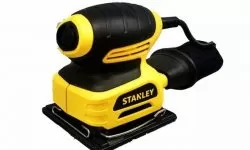
ORBITAL STANLEY SANDER: Great Price on Qualified Products
Other Topics of Interest in ALPHAPEDIA

FREE DOCTORATE IN ENGINEERING

FREE OENOLOGY COURSE

FREE DOCTORATE IN ECONOMICS

DEGREE IN NATIONAL AND PUBLIC SECURITY

DEUTERONOMY 22:28

How to TIE Your LACES Step by Step ?
